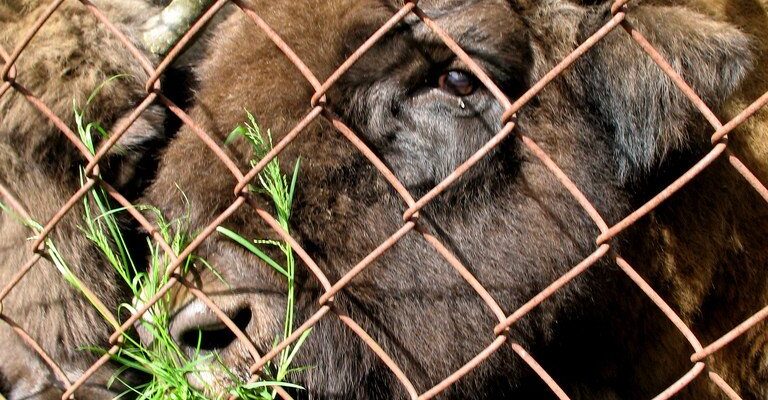Prioksko-Terrasny Natural Biosphere Reserve
Prioksko-Terrasny Reserve, located in the Moscow region, in the Serpukhov district, on the left bank of the Oka River, is a unique nature conservation site. It is among the smallest biosphere reserves in Russia, its area is only 4945 hectares. At the same time Prioksko-Terrasny Reserve is the only one among similar state reserves located on the territory of the Moscow region. And it is also one of the most ecologically clean places, located not far from the noisy and gassy metropolitan metropolis.
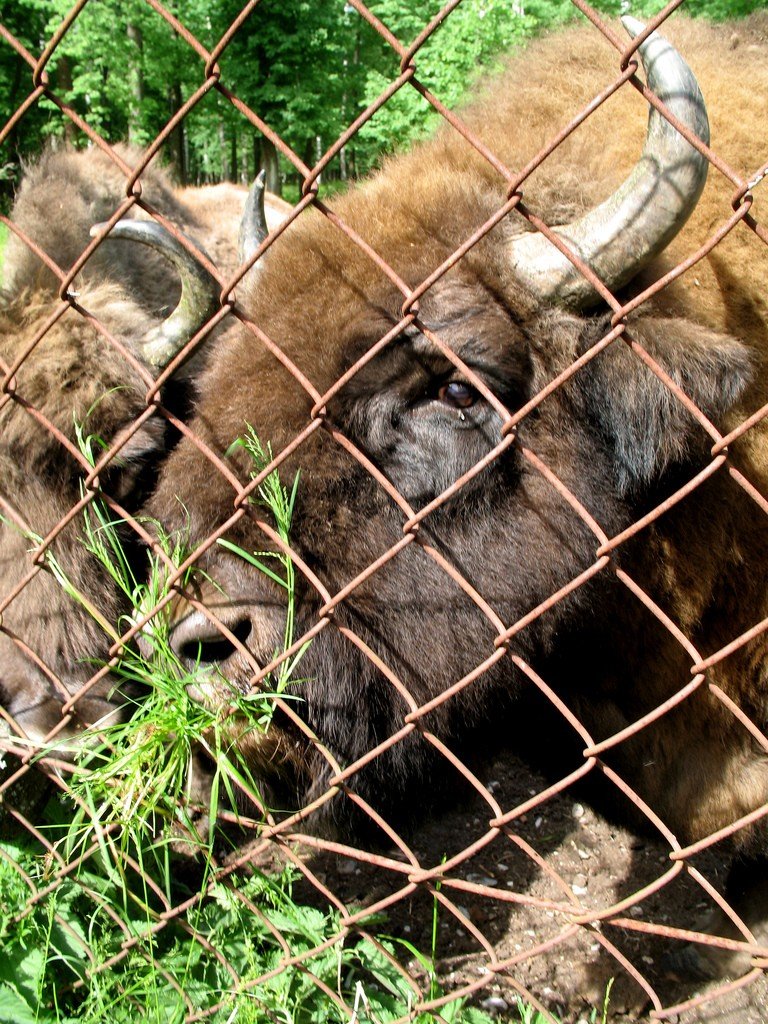
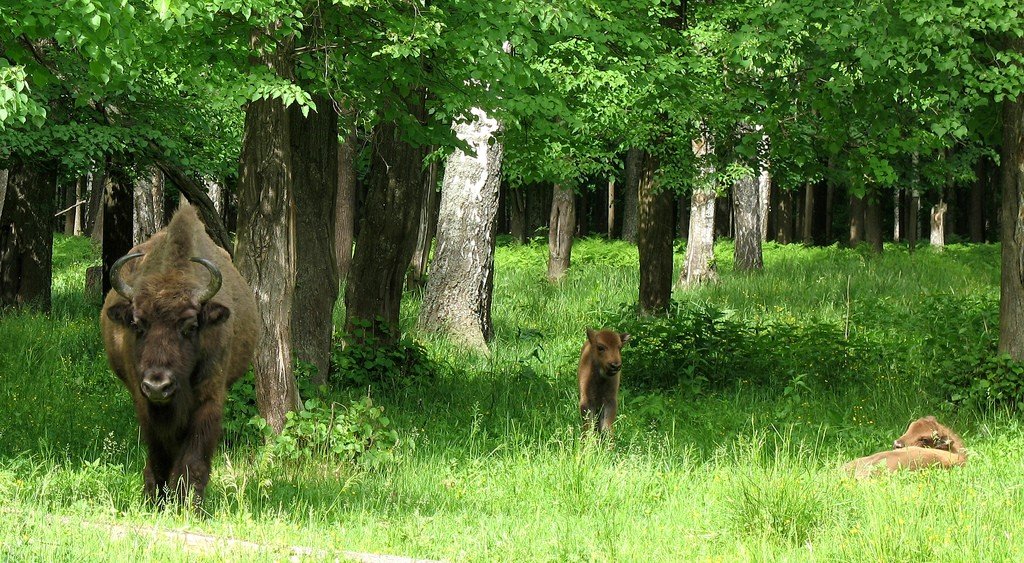
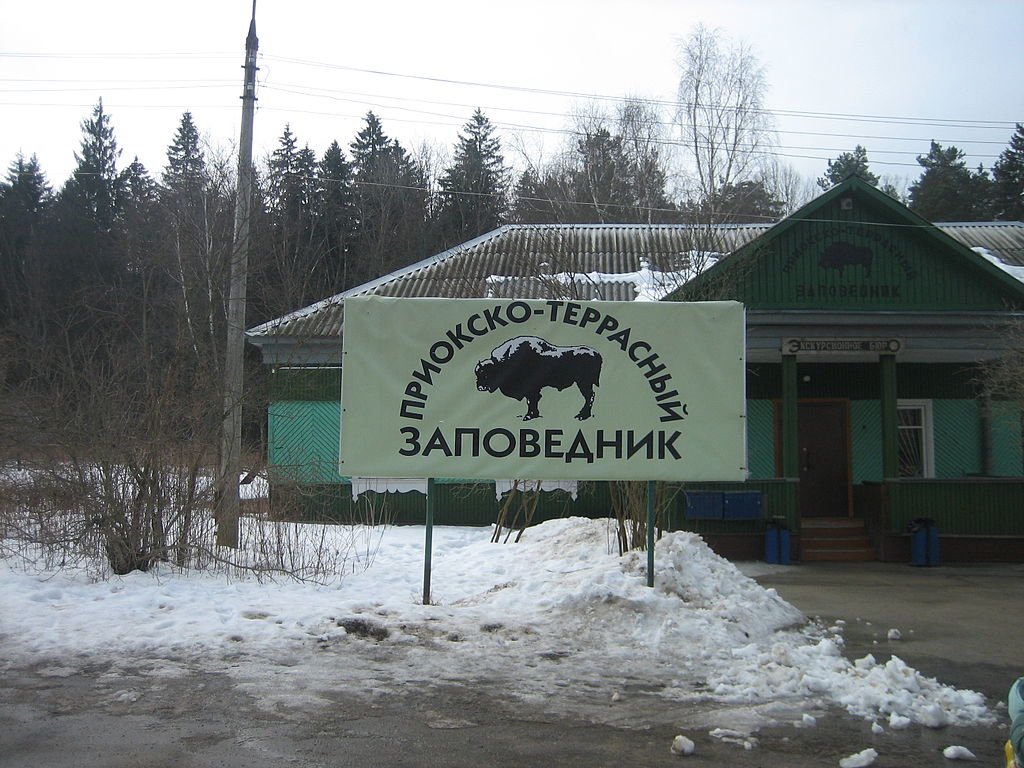
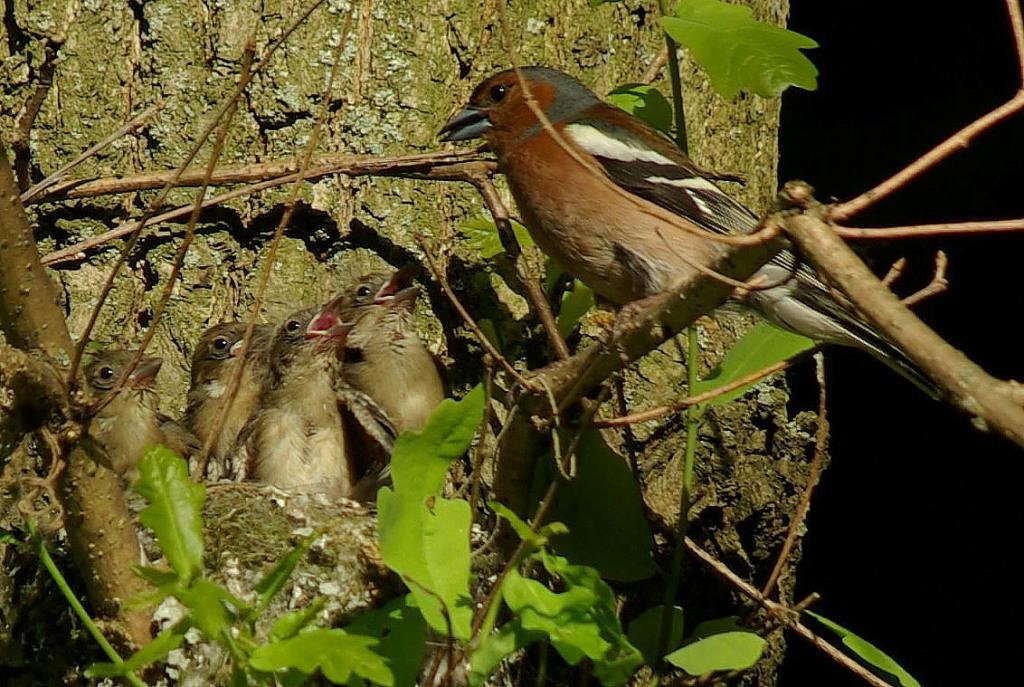
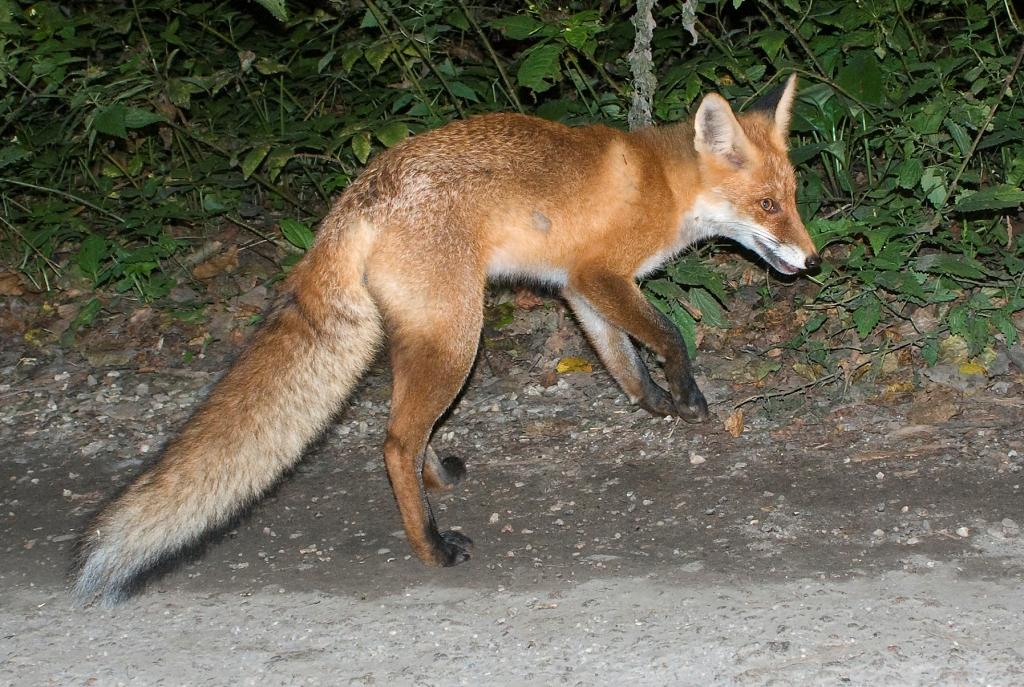
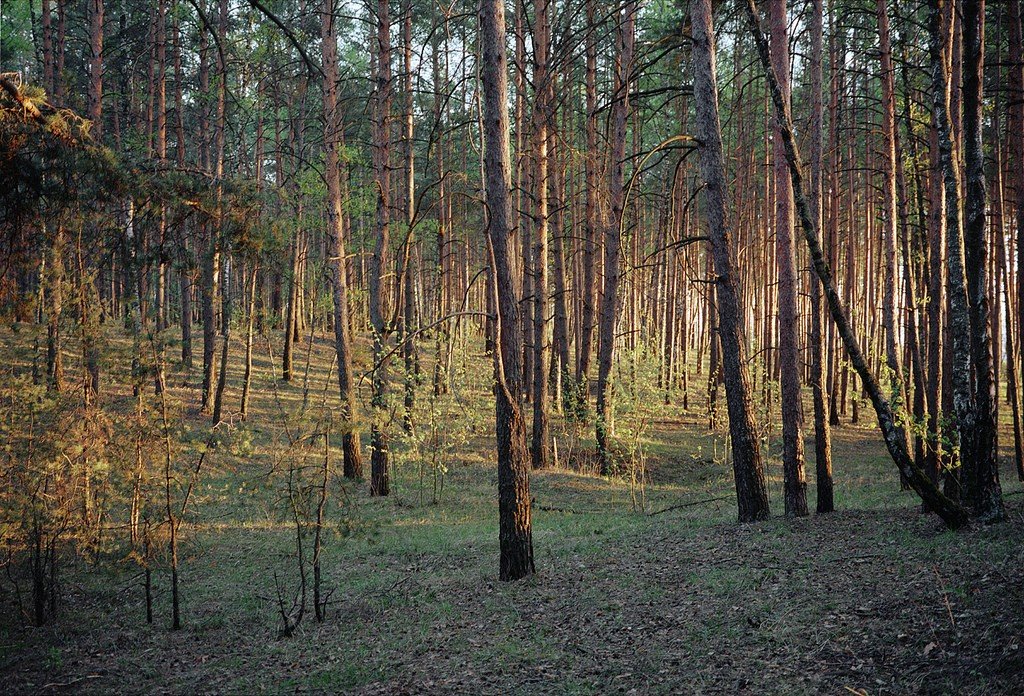
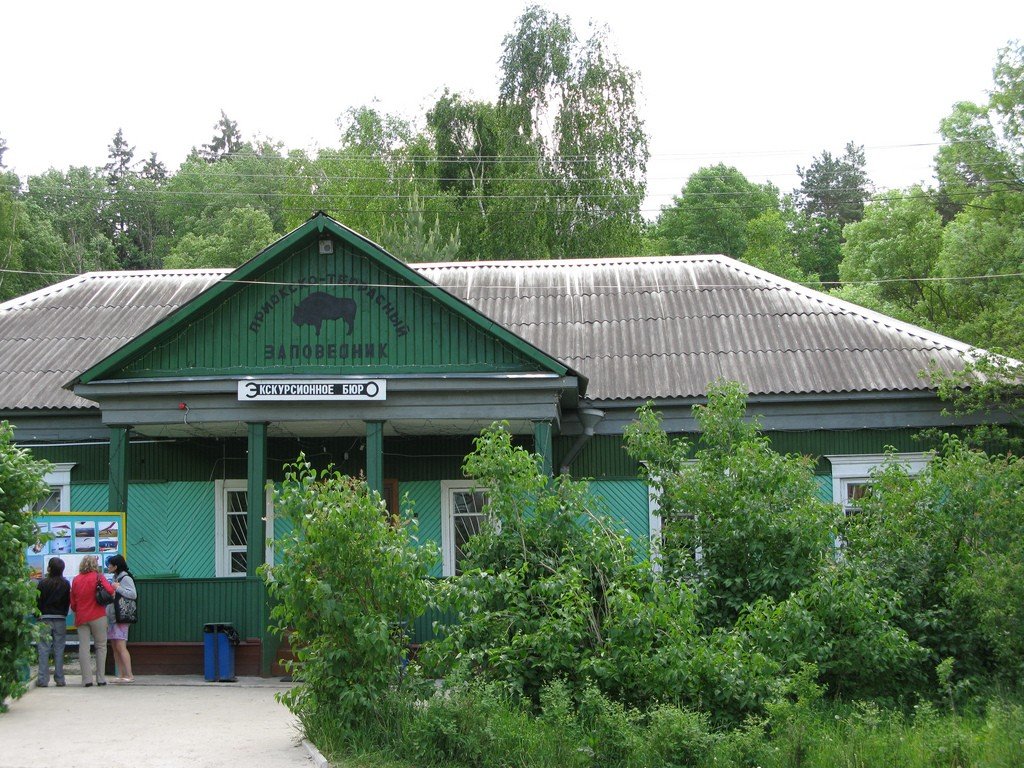
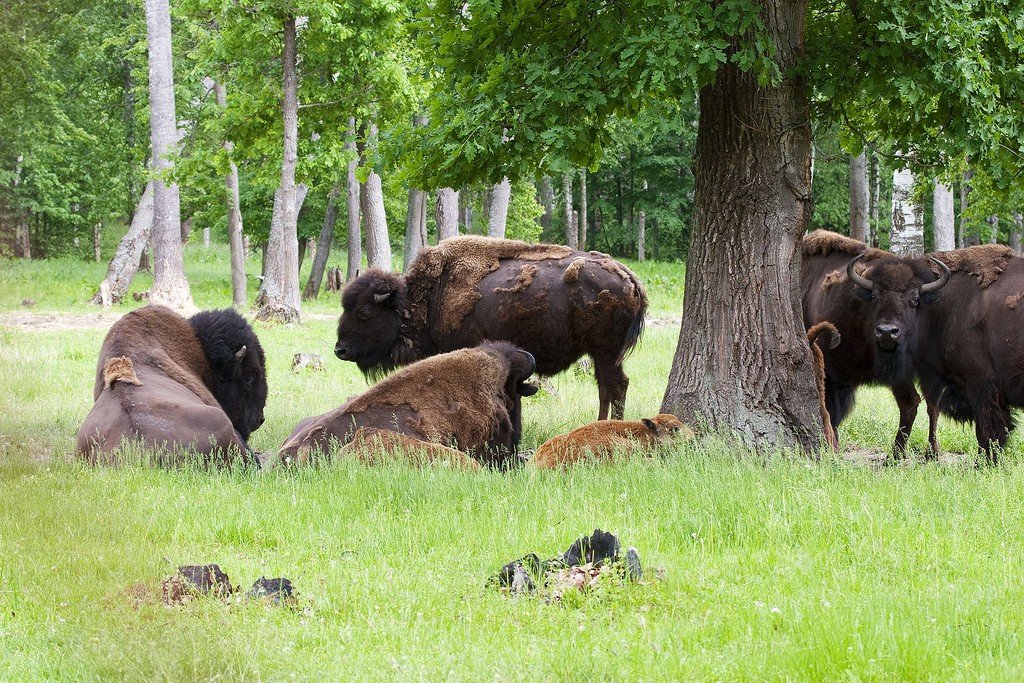
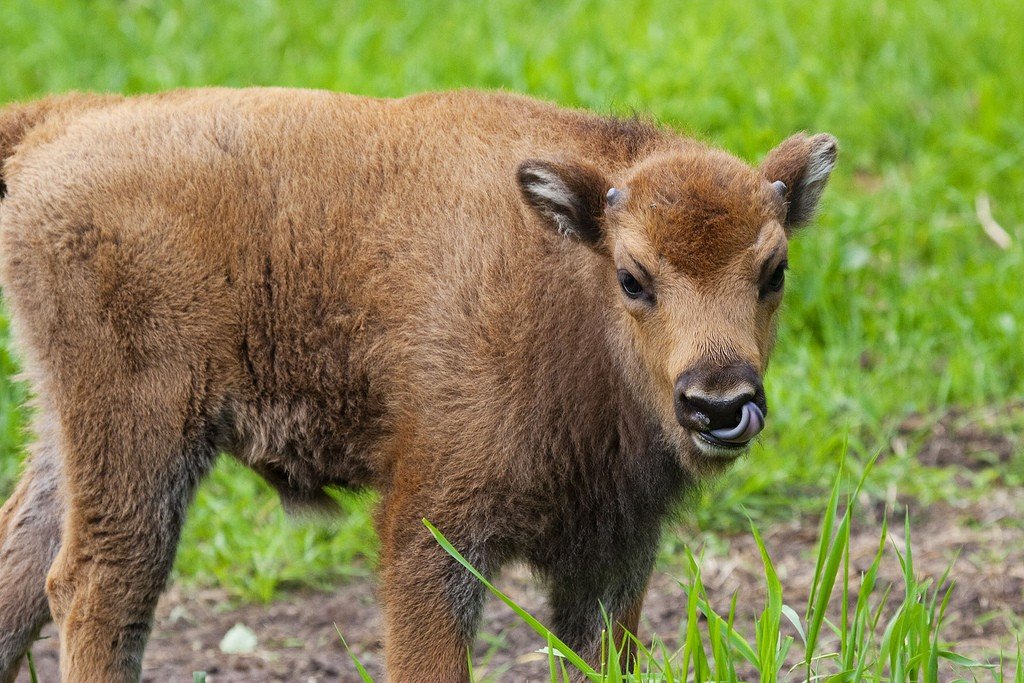
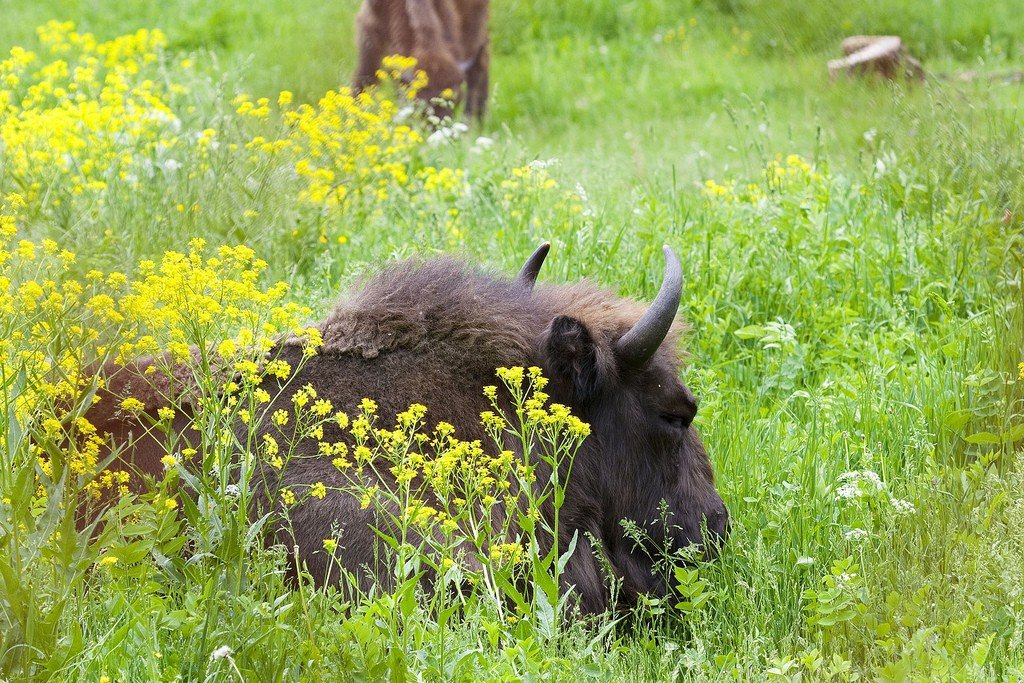
Video: Prioksko-Terrasny Reserve
Contents- Highlights
- History of Prioksko-Terrasny Reserve
- Bison Nursery
- Interesting facts:
- Landscape and climate
- Flora and fauna
- Excursions in Prioksko Terrace Reserve
- For tourists
- How to get there
Highlights
‘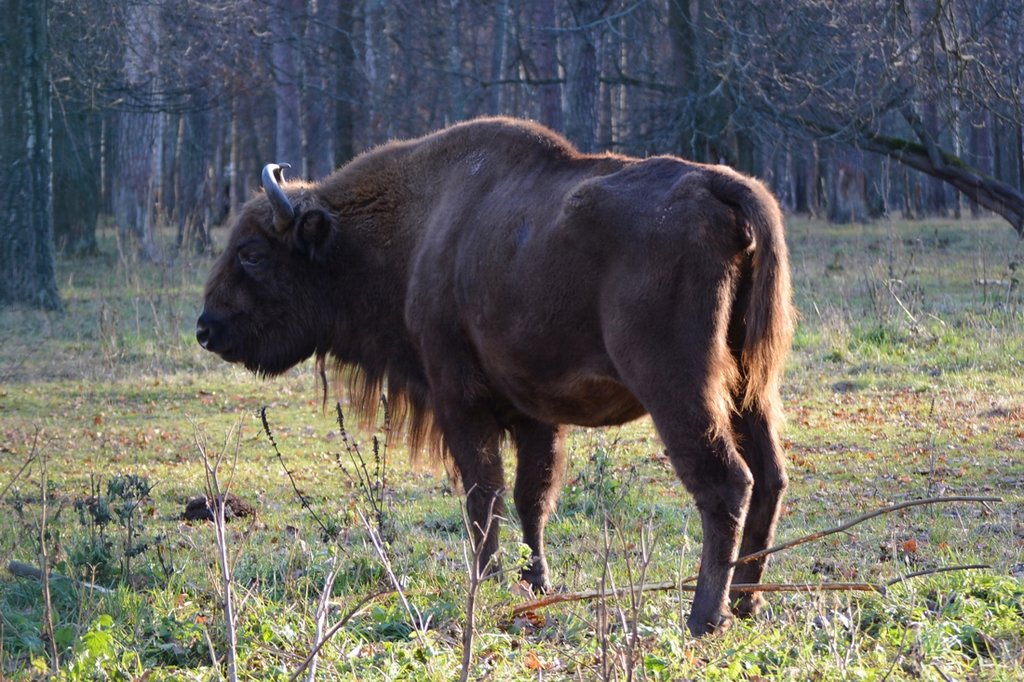
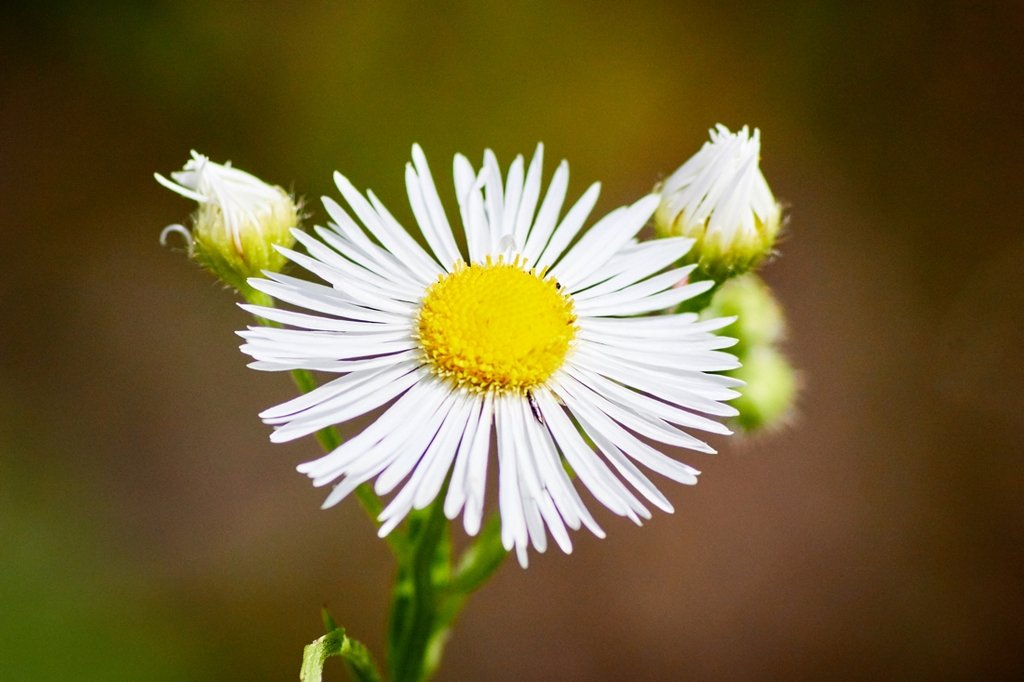
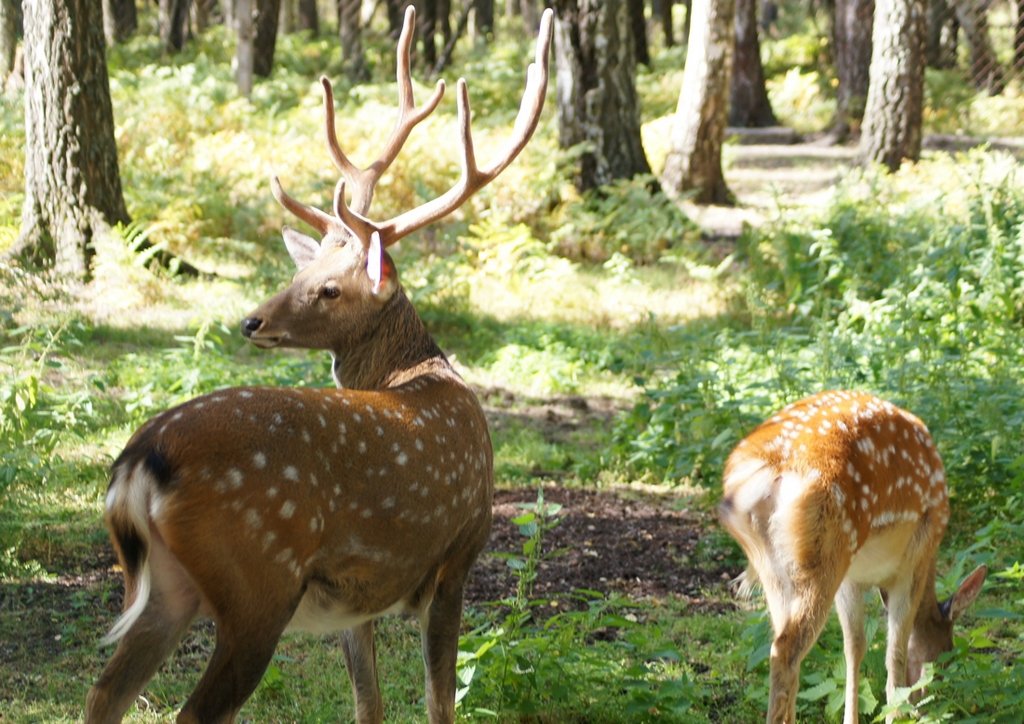
History of Prioksko-Terrasny Reserve
Prioksko-Terrasny Reserve can be called the same age as our Victory in the Great Patriotic War. On June 19, 1945, the Moscow State Reserve was established. It included 5 sites: Verkhne-Klyazmensky, Gluboko-Istrinsky, Privolzhsko-Dubnensky, Verkhne-Moskvoretsky and Prioksko-Terrasny proper. Already in three years each of them became an independent reserve.
.
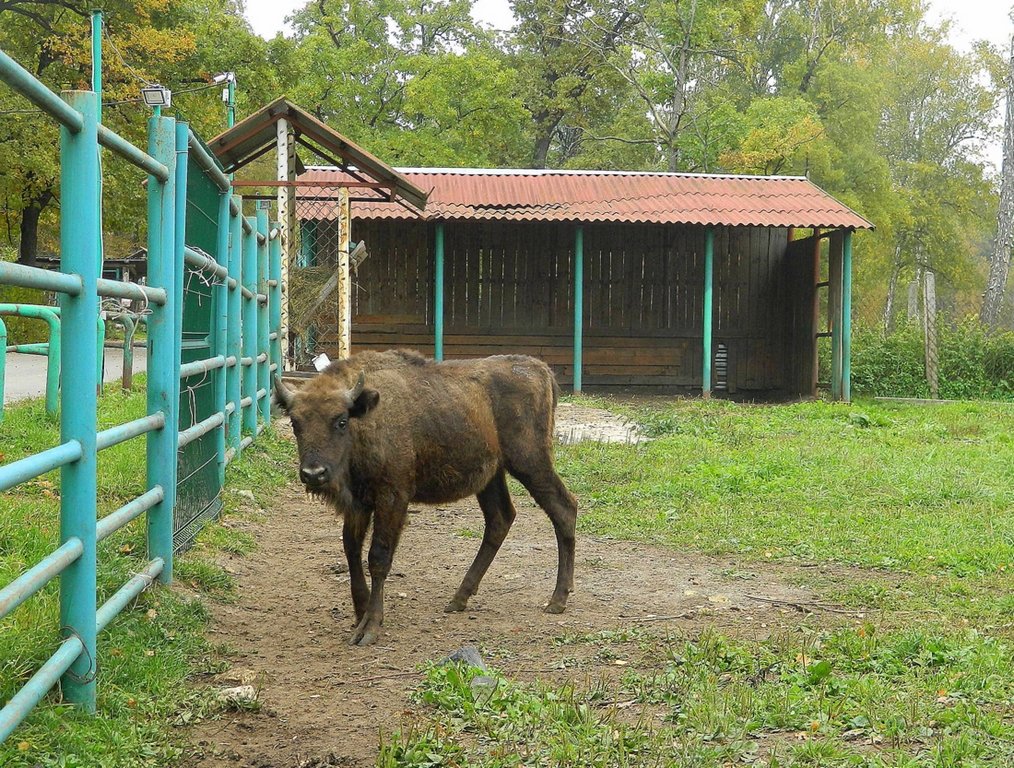
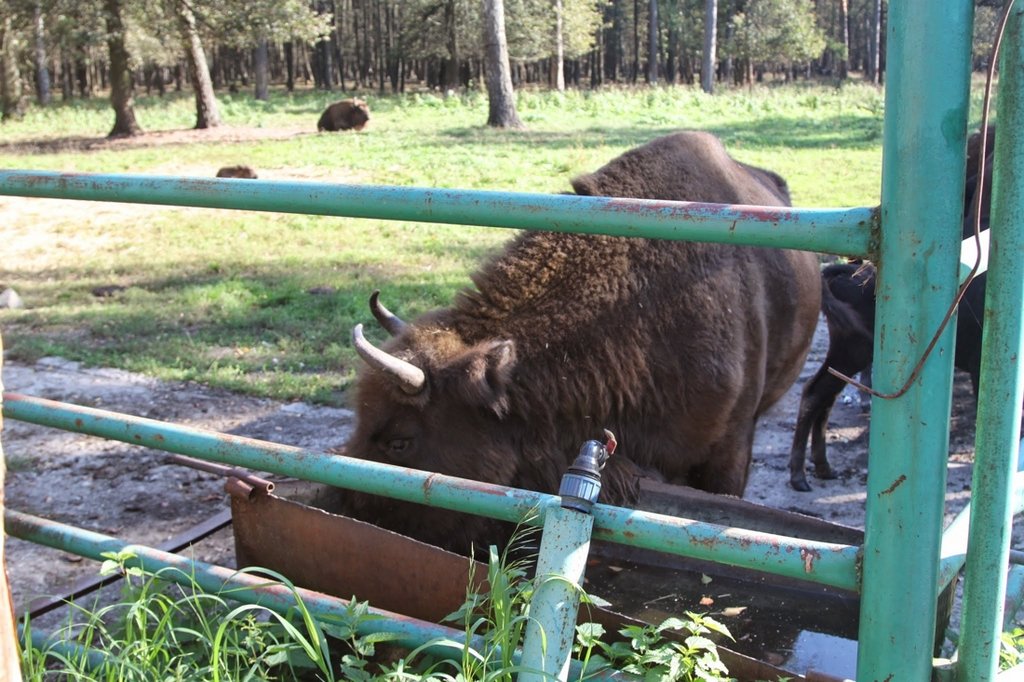
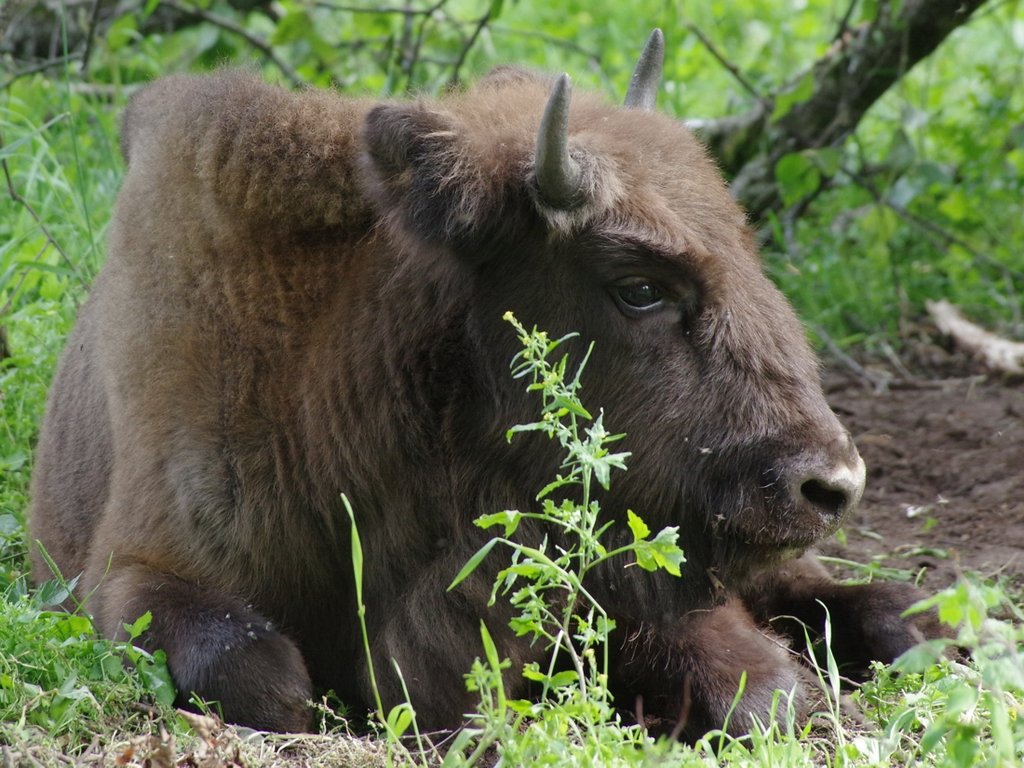
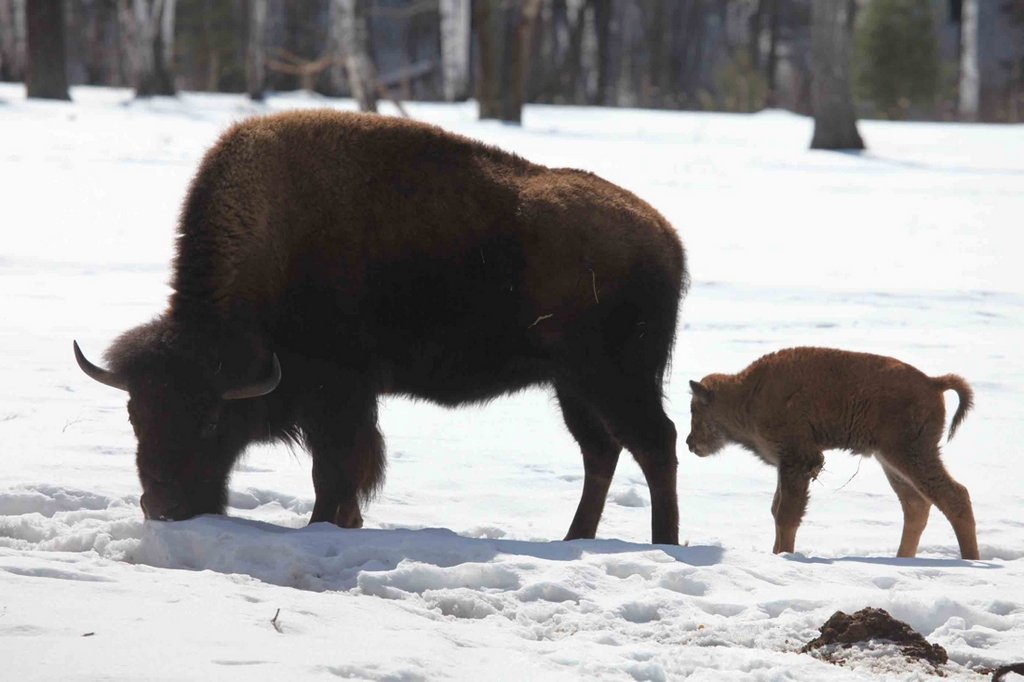
The nursery of the Prioksko-Terrasny Reserve near Moscow played a notable role in saving the bison. At the time of its opening 70 years ago, the situation with these animals in Europe was catastrophic: there were only 48 individuals left in the wild, so it was decided to protect the animals in an environment as close as possible to the natural one, to promote their reproduction. With this task, as evidenced by the above figures and facts, domestic ecologists are coping successfully.
.
Despite the fact that people make great efforts to preserve bison, calves raised in nurseries are not very familiar with humans. And all because the Prioksko-Terrasny Reserve does not depart from the former policy: animals should live and develop in an environment that is familiar to them. Such a fact: bison also feed their calves independently, just like in the wild.
.
Over the decades of existence of this nursery in the Moscow region, 250 purebred bison have been taken from here and settled in the natural environment. In general, there are about 500 animals in Russia today. This is much more than at the beginning of the last century, but still not as many as we would like. And if necessary measures are not taken, bison may once again be threatened with degeneration.
.The territory of the nursery itself occupies a forest area of about 200 hectares, surrounded by a mesh fence. It consists of 8 pens isolated from each other. Each adult bison “owns” 5-6 hectares of forest pasture. In addition to natural fodder, the animals’ diet also includes trunks and branches of willow and aspen, as well as mixed fodder. In winter, the “menu” becomes more diverse due to the addition of hay and root vegetables – carrots and beets.
.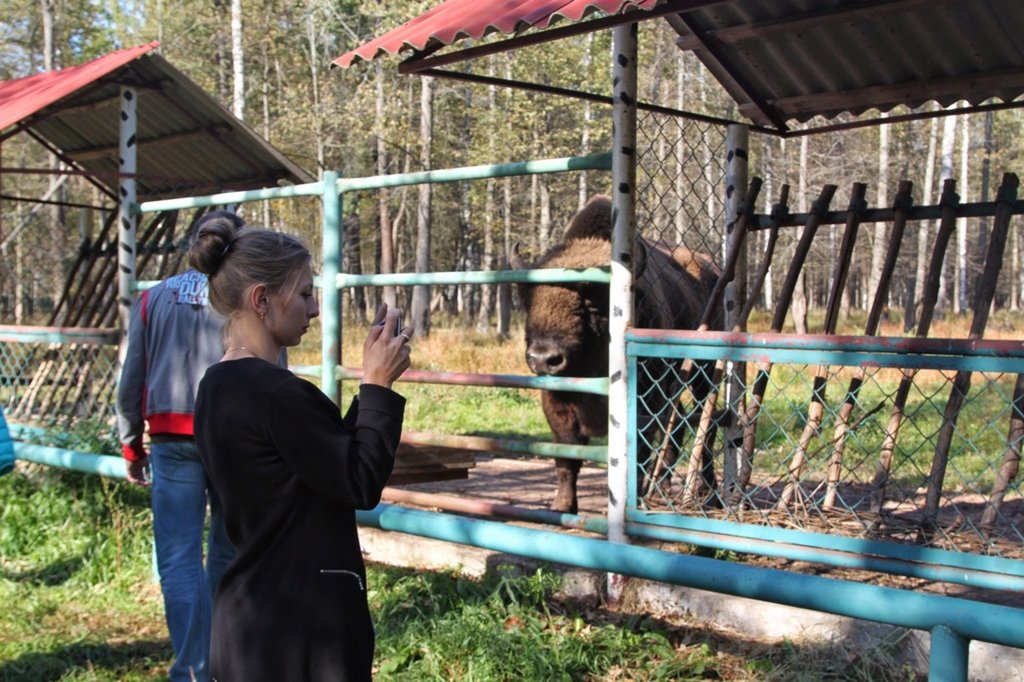
The conditions created in the central nursery allow to keep 50-60 individuals, but 20 to 25 bison live and breed here on a permanent basis. When the youngsters reach one and a half to two years of age, they are transported outside the reservation. A part of the animals is dispersed in free habitats, while the other part is used to create new nurseries. Such nurseries were created back in the Soviet times in the Oka State Biosphere Reserve, in Altai (the nursery is called “Cherga”), in the hunting farm “Naujamistis” in Lithuania and others. The bison is the first and so far the only example on our planet of a successful return to the wild of a fauna representative that survived only in captivity.
.Interesting facts:
The first pet that arrived here on November 21, 1948 from the Bialowieza Reserve (Poland) was a male bison named Puslav. Some time later, two bison came from the same nursery: Pustulechka and Plesse. They were accompanied by a bull with the almost royal nickname Pletsuch II.
.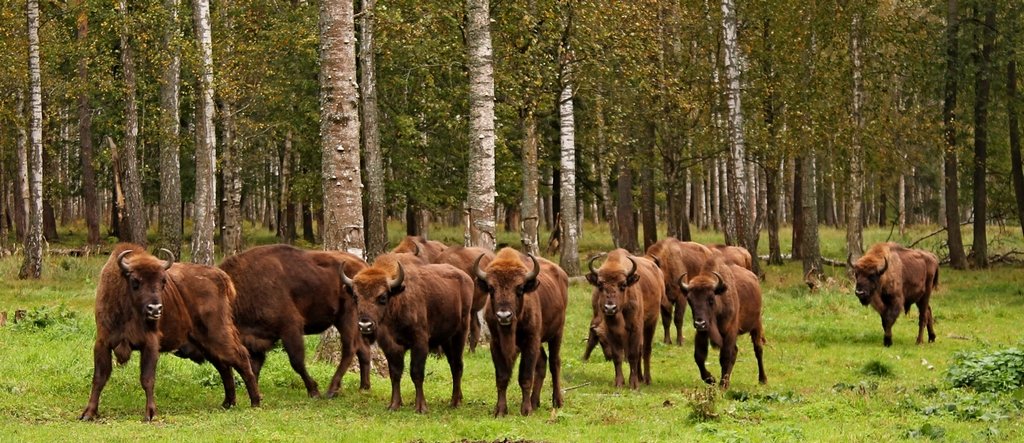
Tourists visiting the bison nursery will also meet the closest relatives of the European bison – American bison. There are only 5 of them here, but this number is enough to experience delight and admiration looking at these majestic, calm and peaceful animals. In addition to being shown to sightseers, important scientific research is done with the bison.
The nicknames of all calves born at the nursery begin with the letter “M”, as it is located near Moscow. A small exception is the Caucasian Belovezhian and pure Belovezhian bison calves. The nicknames of the former begin on the syllable “Mu”, the latter on the syllable “Mo.”
.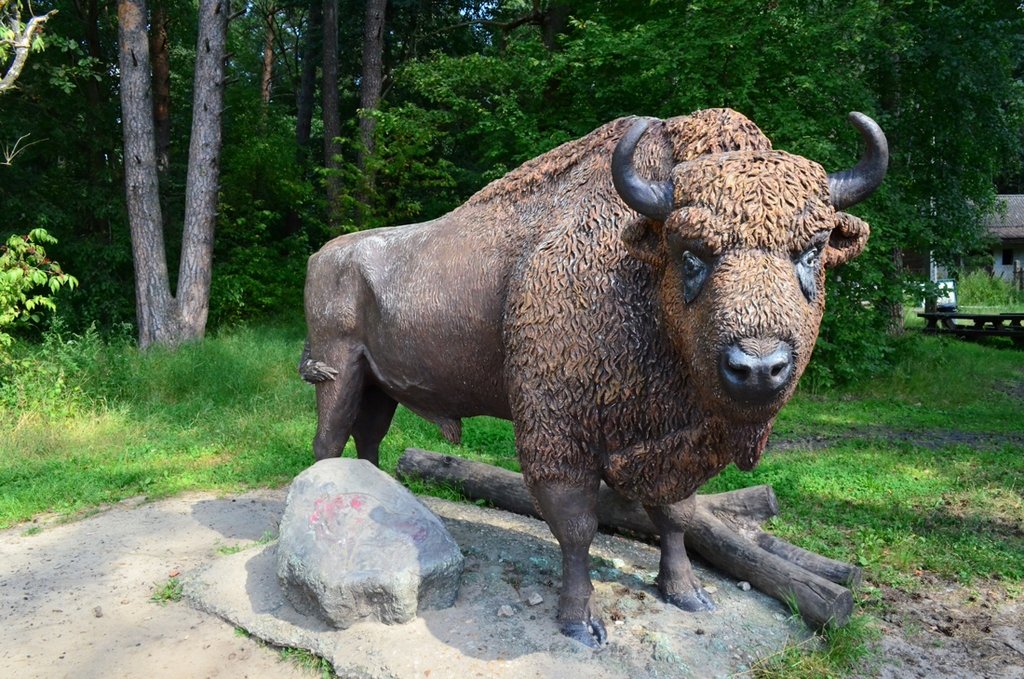
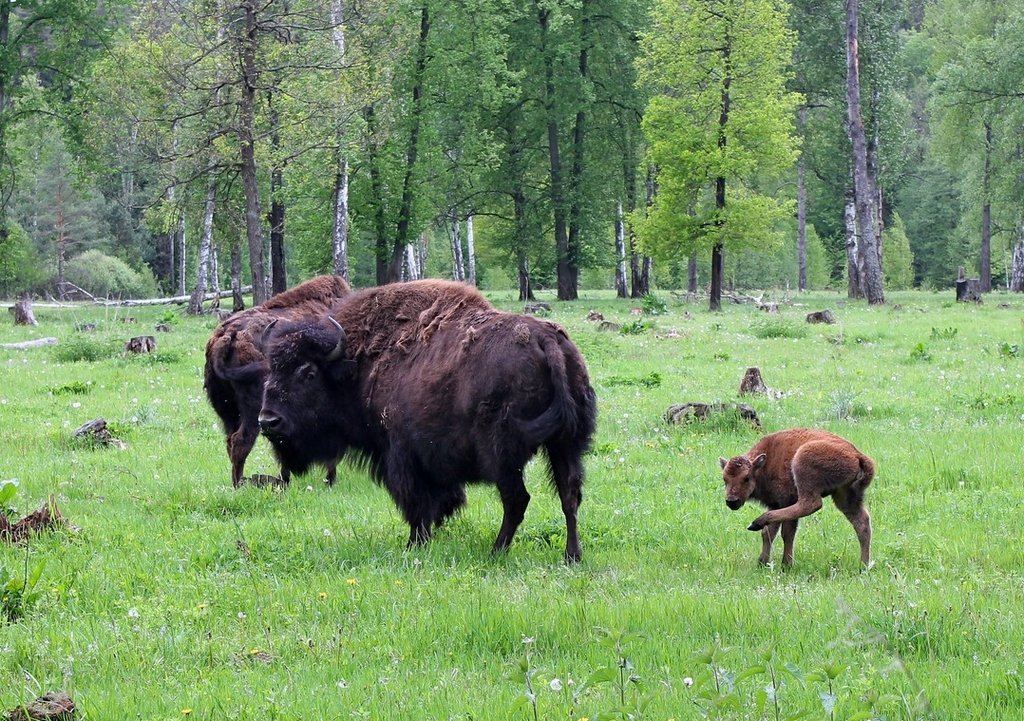
Landscape and climate
Prioksko-Terrasny Reserve owes its double name to the Oka River, near which it is located, and to the ancient terraced steps in the relief. They are more than ten thousand years old and were formed by the coastal surf of the predecessor of the present-day Oka. The underlying limestones and clays are covered with its coastal sand. Its layer is several meters and is distributed almost over the entire territory of the protected area.
.
There are two forest lakes in the reserve – Sion and Protovskoye. They are formed by small streams and temporary streams that have filled the space between the sand ramparts. In summer, especially if it is hot, these water bodies dry up almost completely. At the bottom, succulent rhizomes are exposed, on which wild boars feed. They constantly trample here and dig the muddy bottom with their heels, turning it into a continuous muddy mess.
.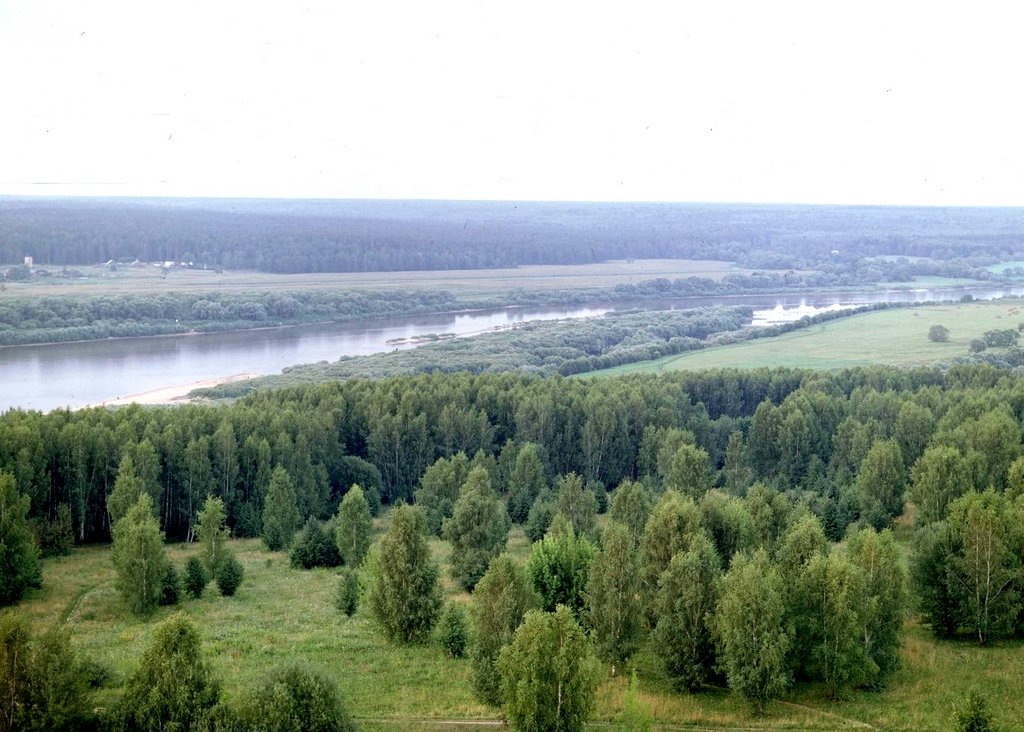
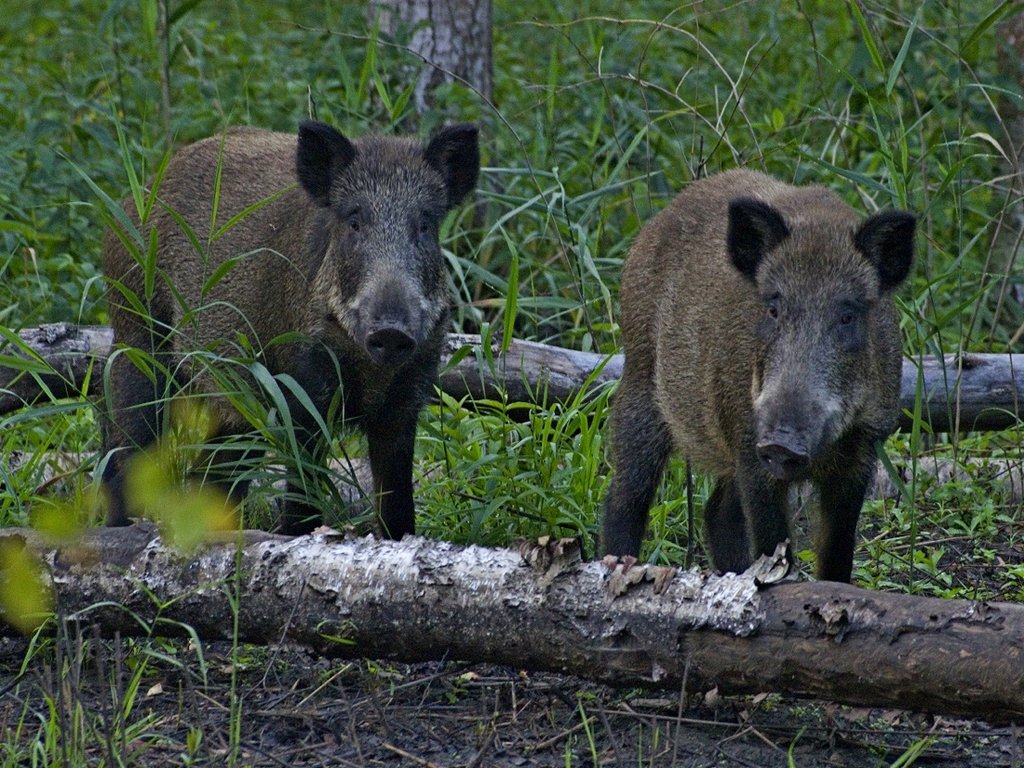
There are also swampy areas on the territory of the Prioksko-Terrasnij Reserve. Their area is small, less than one percent. They were formed in places of localization of clay rock, which by its structure is both watershed and watertight.
.
The reserve receives approximately 500-550 mm of precipitation per year. The climate is temperate continental, summers are warm and winters are cold. The so-called “frost-free” period lasts more than 135 days. As for the temperature indicators, their average annual level is +3.9 °C. The warmest month of the year is July, the air at this time warms up to +17.7 degrees above zero. The coldest month of the year is January. Snow falls, the depth of its cover can reach 50-55 cm.
.Flora and fauna
In Prioksko-Terrasny Biosphere Reserve, plants belonging to the most different climatic zones, from steppes to southern taiga, harmoniously neighbor. Grasses and shrubs bloom from early spring to deep fall. Blue forget-me-nots carpet the lawns in spring. Honeydew and tufts begin to bloom in the bogs, sleep-grass reaches for the sun. Strawberries are blooming in the meadows, grasses are spreading a lush carpet of colorful grasses a little further away from them. Sand hills are pink with carnations, and in the woods white fields of lily of the valley. With the onset of summer, the air is filled with the easily recognizable scent of linden blossoms. The lilac blossoms of heather begin to reach for the sun in August. The reddening bunches of calamus bear witness to the onset of autumn. At the same time the unusual, different colored fruits of birch bark become more and more noticeable.
.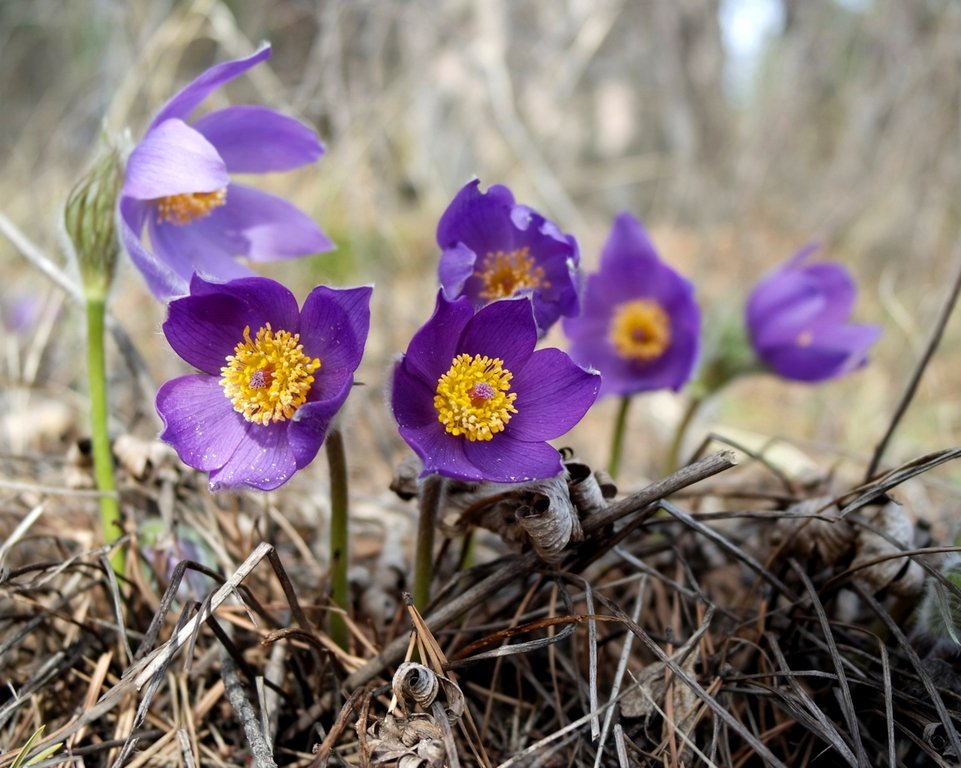
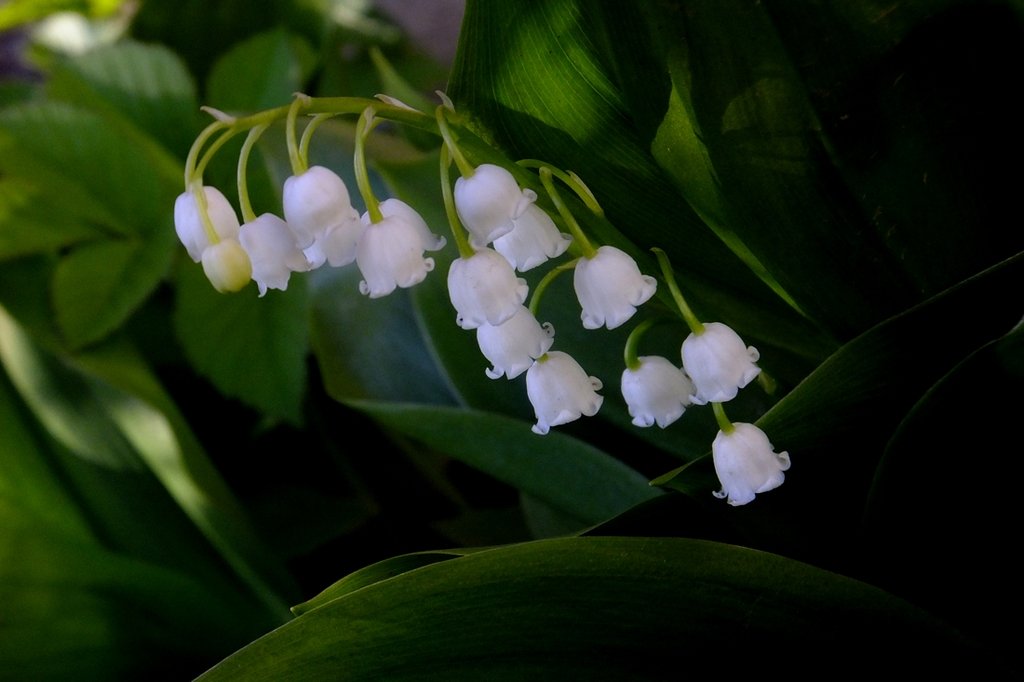
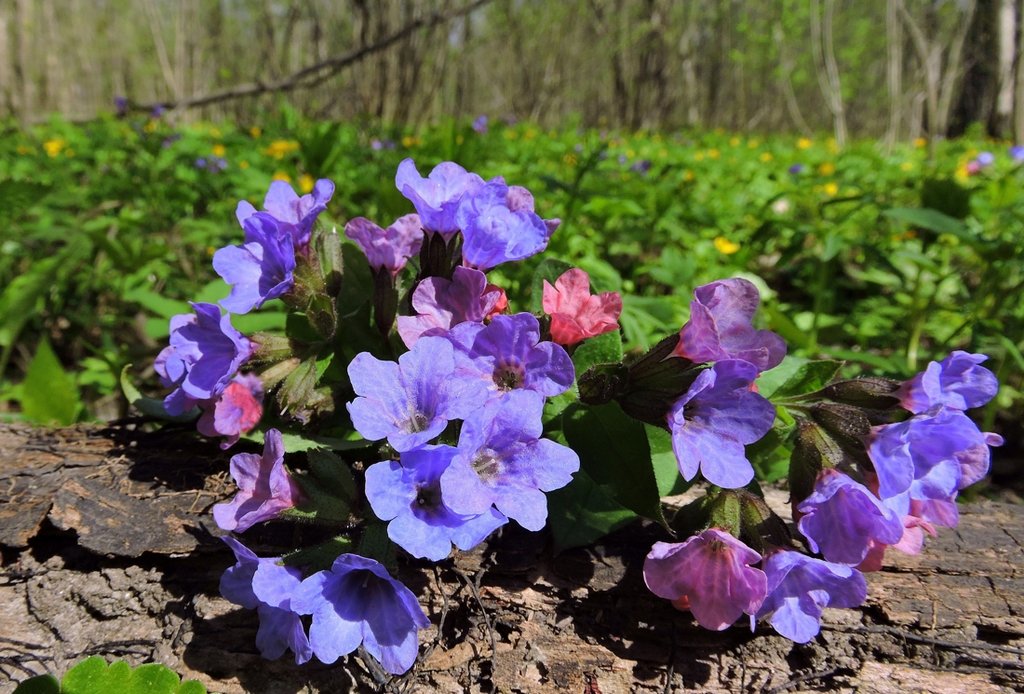
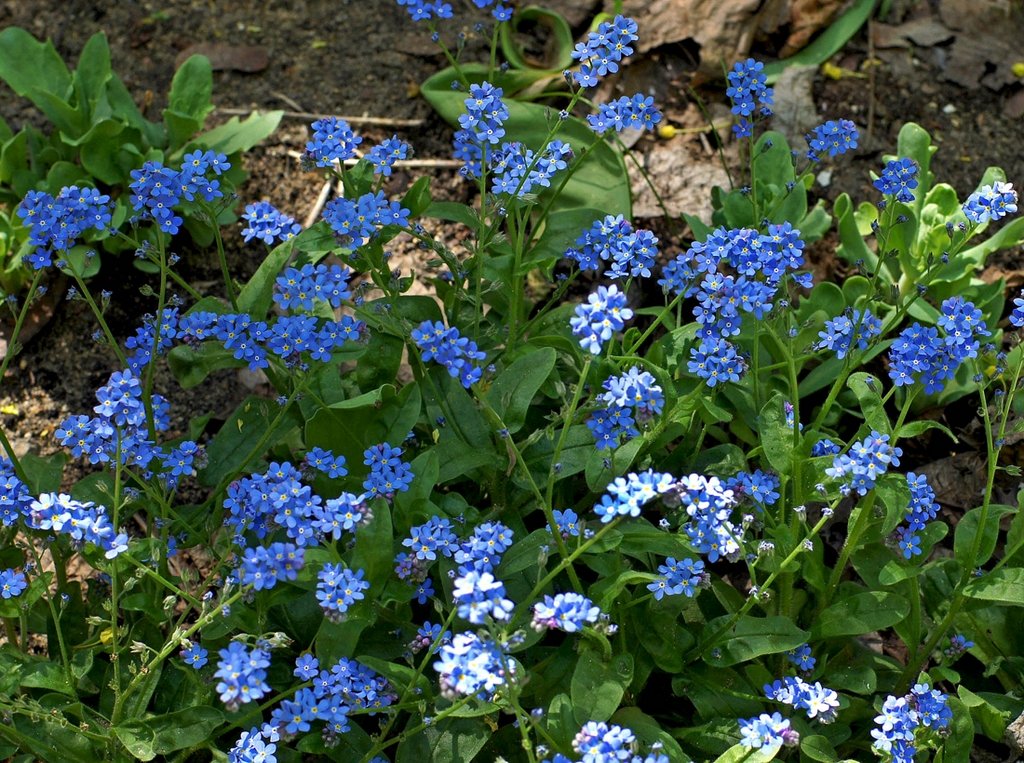
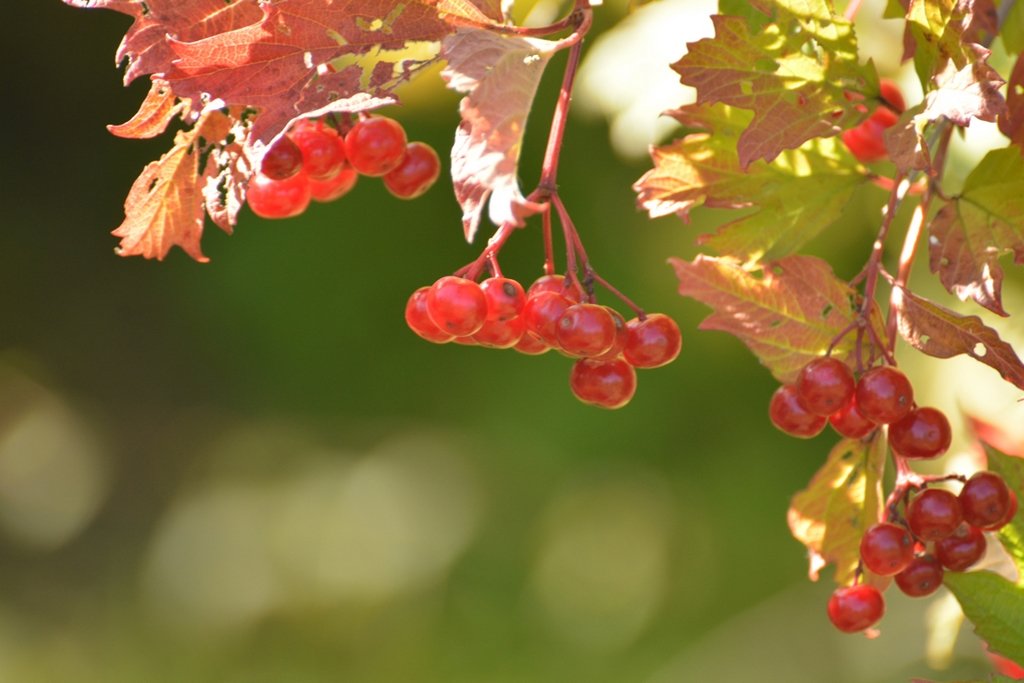
The territory of Prioksko-Terrasnij Reserve is dominated by pine forests, which are quite deservedly considered its symbol. They occupy about a third of the total area covered by forests. The second most widespread are birch forests. The root system of this tree is superficial, which is not surprising: the soil here is sandy. When a strong wind strikes, the tree can easily twist and becomes easy prey for destructive fungi. Spores germinate into the wood and begin to decompose it. Especially “try” their species, such as the true and fringed trutoviki.
.There is a very rare fungus in the reserve and very rare fungus – blackberry coral, which is listed in the Red Book. It usually settles on a dead tree. Not lagging behind its “brethren” and mushroom chaga, which found its distribution also in medicine. The fate of the fallen birch, subjected to such an “invasion”, unenviable: in 57 years it will be left to cadaver.
.
Along with pine, birch and spruce among the most common trees in the Prioksko-Terrasny Reserve is the linden. However, there are practically no pure linden trees in the territory of the reserve.
.
Local fauna is represented by the already mentioned bison and wild boars, but not only. Insectivorous birds nest in the lakeside thickets, and directly on the lakes – ducks, chikas and mallards.
. One of the unique projects of Prioksko-Terrasny Reserve is the ecological park “Derevo-Dom”. It allows you to combine active family recreation with environmental education. Information about the tree, as well as birds, insects and animals, for which it has really become a home, is presented in a playful form. The park is equipped with a complex of rope crossings. Four routes of different complexity are located at a height of 1 to 6 meters. Moreover, they are designed not only for adults, but also for children. The only limitation: your child must be at least 4 years old. Extreme athletes will not be bored: thrill-seekers will be able to cross difficult sections, suspension bridges and rope crossings. At the same time participants of such crossings will be offered to fulfill several interactive tasks on the topics of local flora and fauna. So, before coming to Prioksko-Terrasny Reserve it makes sense to be informationally “savvy” in order not to get into trouble and to show your erudition. . Of great interest to travelers is the Museum of Nature, the exposition of which brightly and clearly presents the flora and fauna of the south of the Moscow region. You will get acquainted with amazing exhibits, among which are inhabitants of taiga and broad-leaved forests: European beaver, wild boar, fox, roe deer, elk and others. Surprisingly, you can even see a wolf and a lynx here. The latter do not live in the reserve, but occasionally come here. In the museum, in addition to species of birds and insects, guests are no less interested in studying… animal tracks. Paw prints of our lesser brothers are also widely represented here. From Russian folk tales we are well known such a character as Leshy – the guardian and protector of the forest. In the unique reserve near Moscow “lives” Leshy Terras Terrasovich, his modern “descendant”. Like his distant ancestor, he monitors the order on the territory entrusted to him and takes care of the animals. If someone misbehaves in the forest, he can punish. For example, take away from places where there are a lot of mushrooms and berries. And if you really make him angry, he can even lead off the path and then you can get lost. . Little tourists are unlikely to see Terass Terrasovich in person, as he is still a fairy tale hero, and besides unsociable. However, it is quite realistic to look into his hut. From furniture there are old stumps, the floor is covered with dry spruce and pine cones. There is also a variety of old utensils. This hut is called the House of the Leshy. To visit it is quite realistic even independently and do not be afraid of anything. At about 8-meter height there is an ecological trail “Through the foliage”. It is equipped with viewing platforms, which are connected by bridges. Thanks to such a well-thought-out location of the excursion object, tourists can see such interesting details that they would hardly notice during a ground walk. Staying among the crowns of trees, you can not only admire the beauty of the surrounding landscape, but also feel like a real explorer, solving the mysteries of nature. Modern technologies were used in the construction of the route. They allow not to harm the trees that are used as supports. It is also noteworthy that, moving along the trail, you can do without safety equipment. The high-altitude ecological trail “Through the Leaves” opens to the public annually from April 1. The cost of one adult ticket is 300 rubles, children aged 7 to 17 years pay 150 rubles.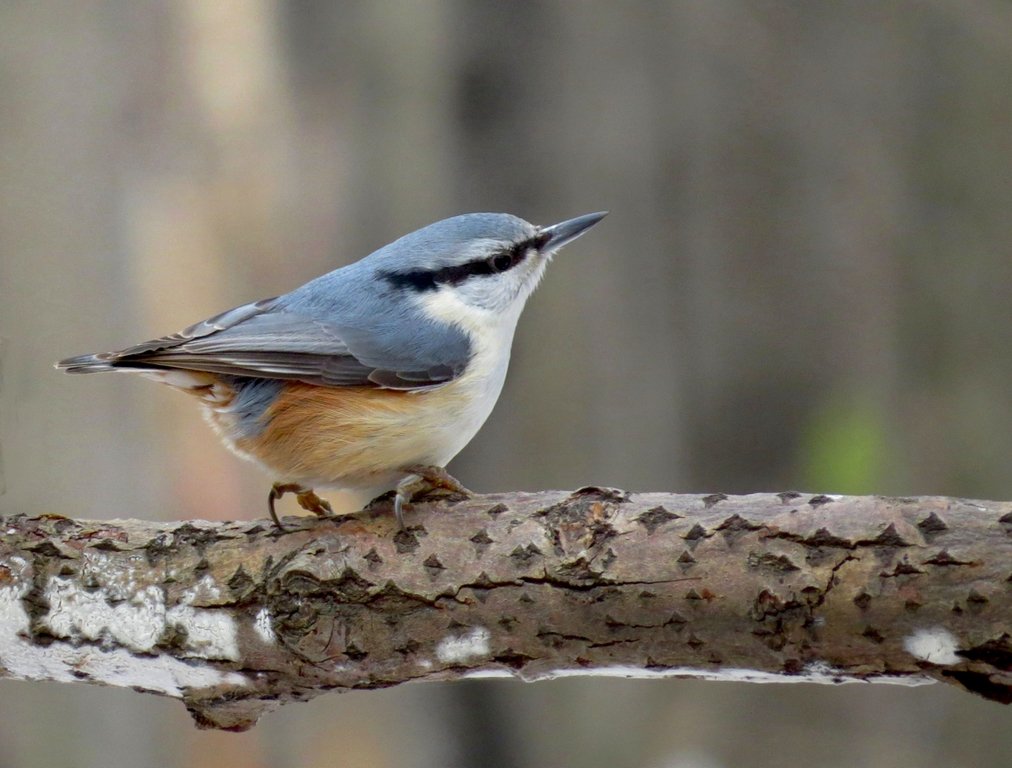
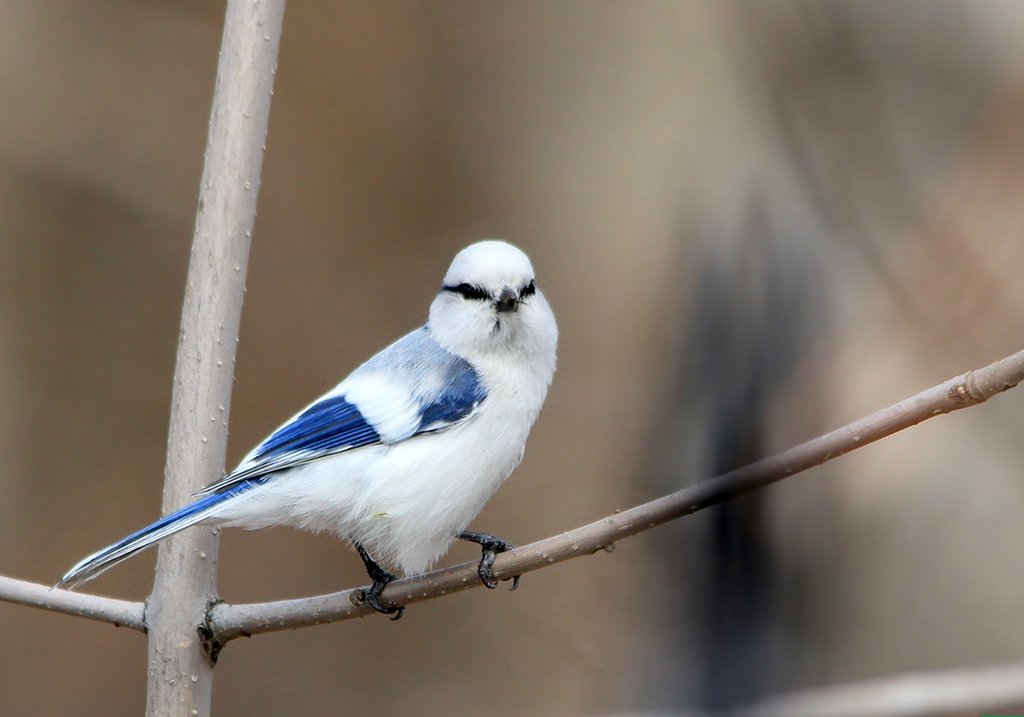
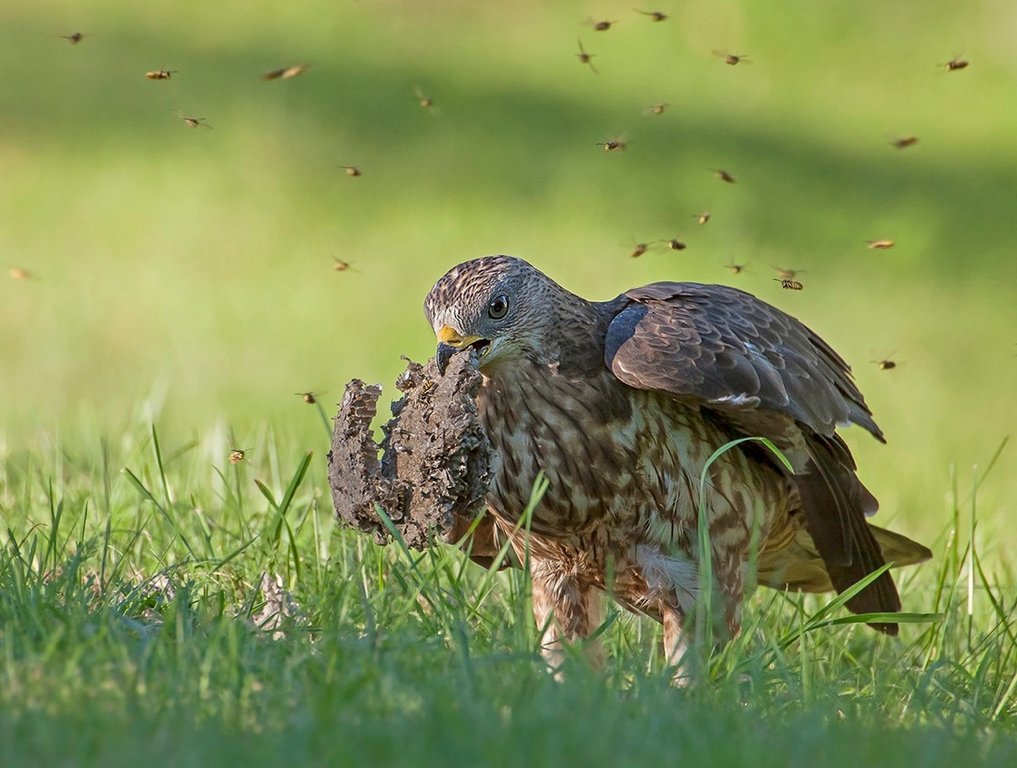
Excursions in Prioksko-Terrasnij Reserve
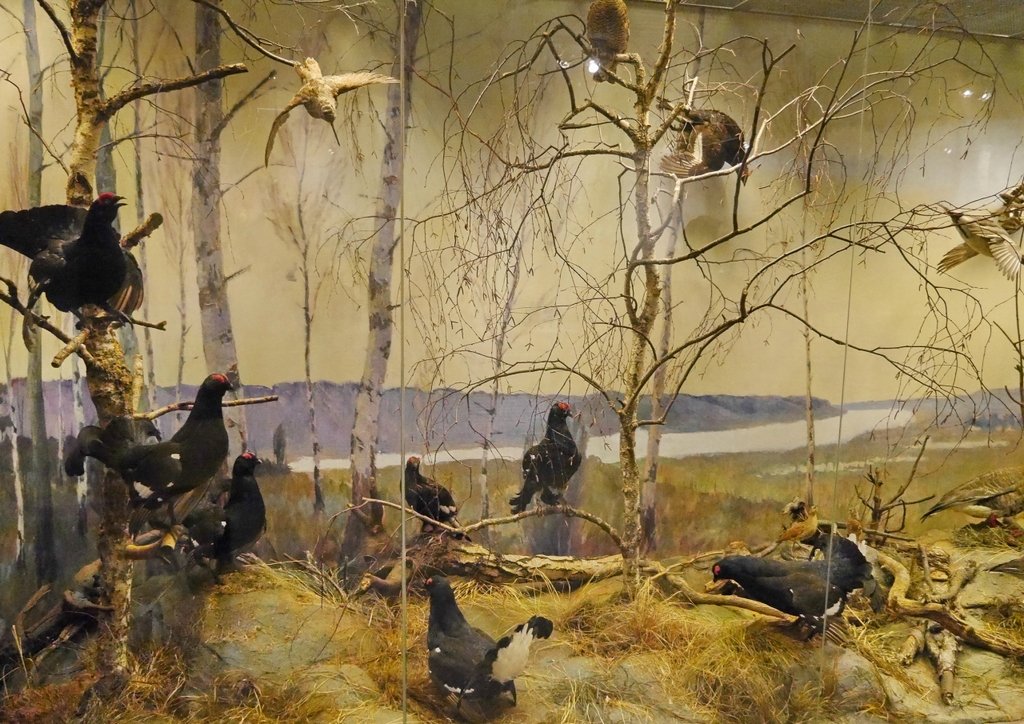
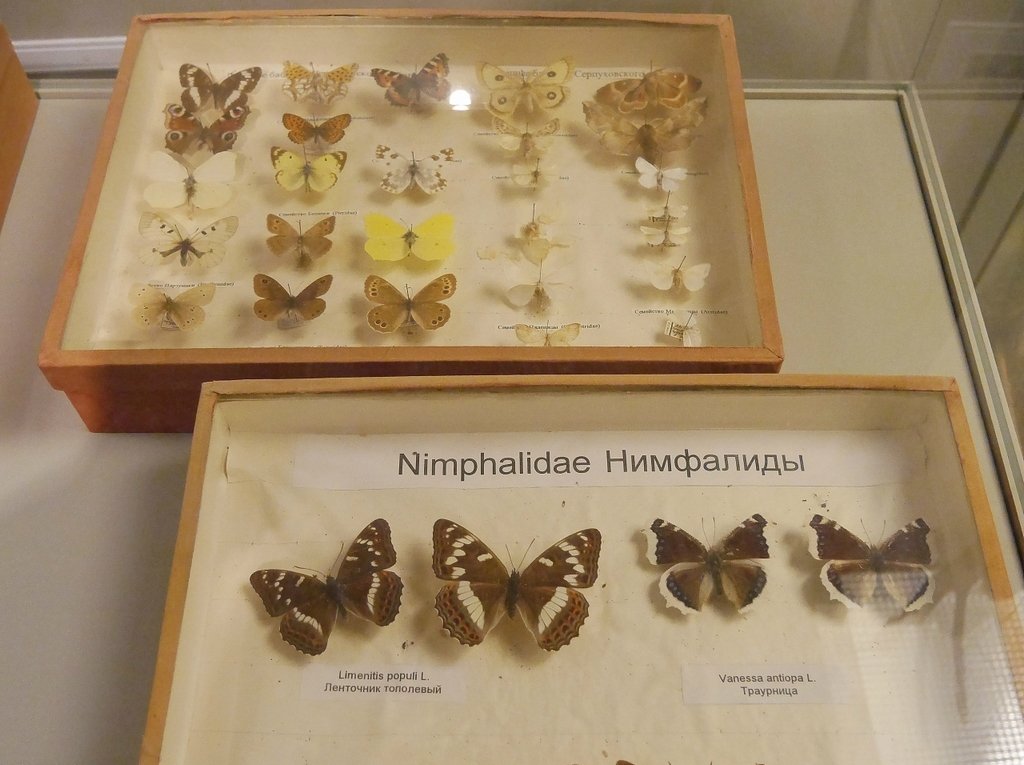
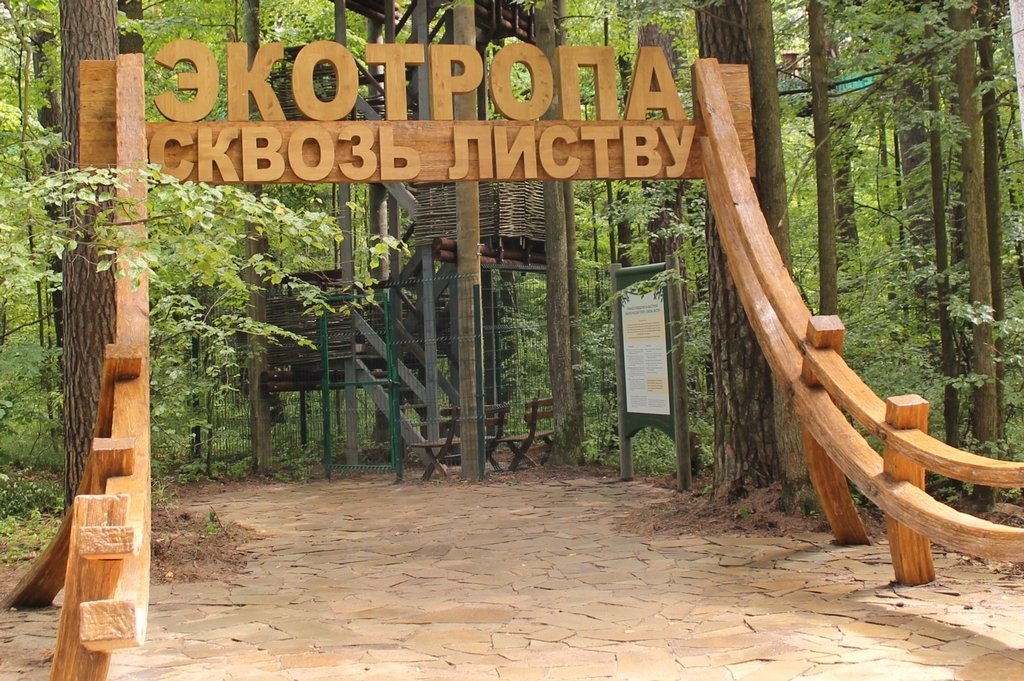
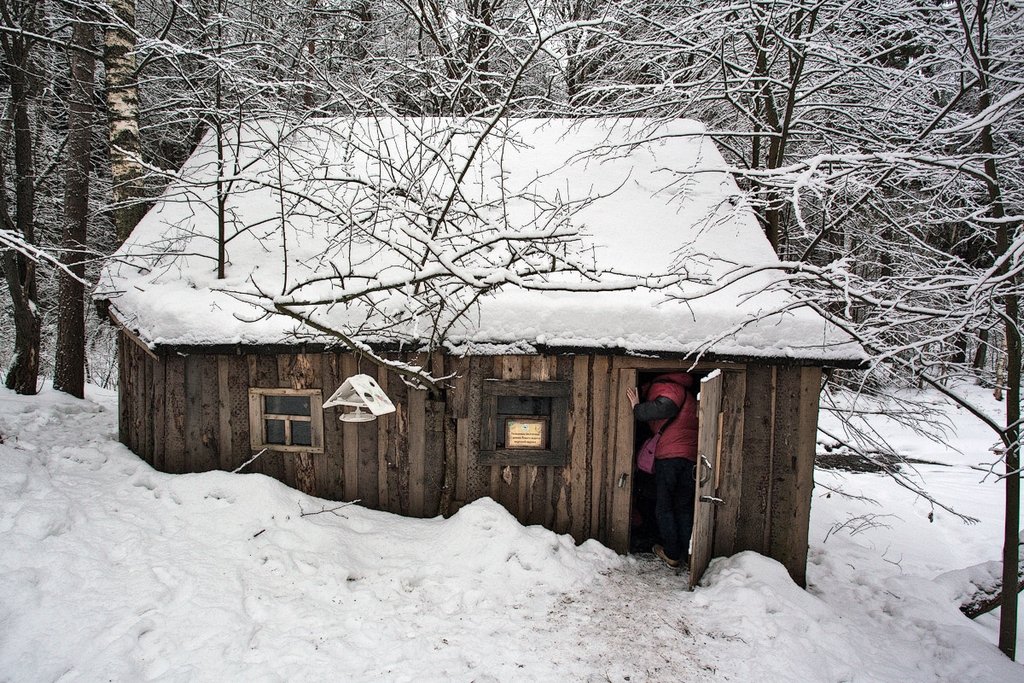
Tourists to Note
In two more weeks, from April 15, tourists can visit with excursions and in the ecological park “Tree House”. A visit to the ecological trails “The Way of the Ant” and “Forest Houses” for excursionists aged from 4 years will cost 500 rubles. Visitors aged 12 and older who wish to visit the ecological trails “Birds of Heaven” and “Beetles and Spiders” must pay 1000 rubles for a ticket.
.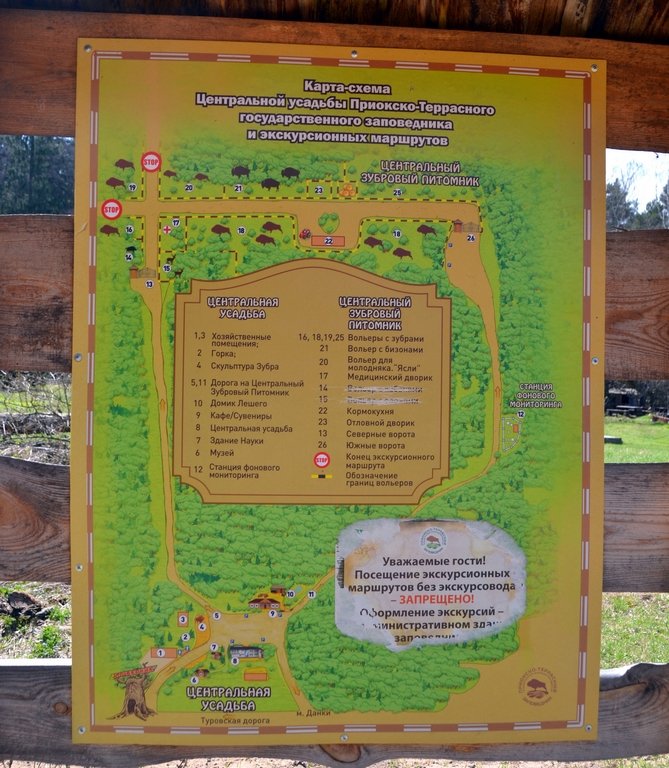
Many people prefer to come on an excursion to Prioksko-Terrasny Reserve by their own car. Leave the capital should go south on the Warsaw highway (E-95), then drive on the Simferopol highway (M-2) and after passing the sign “97 km”, turn right, following the sign “Serpukhov/Danki”. Then turn to Danki (it is on the left), drive under the automobile bridge and go straight for about 4 km. When you reach Danka, look for the sign “Main Road”. Then turn right and drive over the bridge over the river Suska. After about 200 meters you will take another turn, this time to the right – at the sign “Reserve / Excursion Bureau.”
.